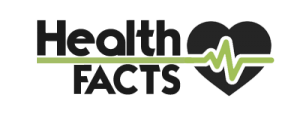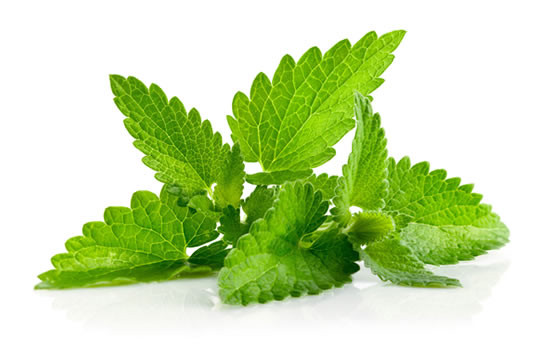It is common practice for many Nigerians to ignore food labels while making dietary purchases. However, these fine prints hold essential information that can empower you to make informed choices about your diet. This is particularly important, with the rising prevalence of processed foods in Nigeria. For individuals managing chronic conditions like diabetes and hypertension, reading and understanding food labels is even more crucial. Today’s post provides useful tips to maximize food labels to make healthy feeding choices.

What To Look Out For
Serving Size and Servings Per Container
Serving size indicates the recommended portion to consume. Many Nigerians typically assume the entire package is a single serving, which can lead to overeating. For example, a 500ml soda bottle may contain two servings, so drinking it all doubles the sugar and calorie intake indicated on the label.
Calories
Calories represent the amount of energy provided by the food. This is an essential information for almost everyone, especially those trying to manage their weight. It is also advisable to compare the calorie content across similar products. Furthermore, remember that “low calorie” does not always mean healthier; it might contain artificial sweeteners or fewer nutrients.
Macronutrients
Look out for the nature and quantity of the macronutrients in the food:
- Fat: Look for unsaturated fats and avoid trans fats, which increase the risk of heart disease.
- Protein: Essential for growth and repair, proteins are vital, especially in a country like Nigeria where malnutrition is still prevalent.
- Carbohydrates: Pay attention to the type of carbs. Opt for whole grains and avoid foods high in added sugars.
Sugar Content
Sugar remains a major point of concern in many people’s diet owing to the prevalence of diseases like diabetes. While buying foods, ensure to check the sugar content, including added sugars, as high consumption increases health risks. Importantly, watch out for other forms of sugars labeled as corn syrup, fructose, or sucrose.
Ingredients
Ingredients are typically listed in descending order of quantity. If sugar or oil appears among the first three ingredients, it could signify that the product is not healthy. As a general tip, It is advisable to also avoid products with long lists of artificial additives, preservatives, and difficult-to-pronounce chemical names.
Sodium (salt)
Excess sodium intake is a major contributor to hypertension and heart disease. Sodium is often represented as sodium chloride, MSG, or sodium nitrate on labels. The WHO recommends a daily sodium limit of 2,000 mg (5 grams of salt). Most processed foods and snacks typically exceed this limit. So check food labels and go for foods with 5% or less Daily Value (DV) or low sodium per serving , as these are considered low-salt options.
Expiry Date
The expiry date, also known as the “best before” or “use by” date, indicates the period within which the food product is expected to remain safe and retain its intended quality. Consuming food past its expiry date can lead to health risks and compromised quality. Always check the expiry date before purchasing foods, especially perishable items like milk, bread, and preserved meat. For shelf-stable foods like pasta or rice, ensure there is enough time before the expiry date to use the product.
A Word From HealthFacts to You
Food labels offer a simple yet powerful way to safeguard your dietary and overall health. Read them. Understand them. Act on them, and take charge of your health!
Kindly subscribe to our newsletter for more updates from us.









